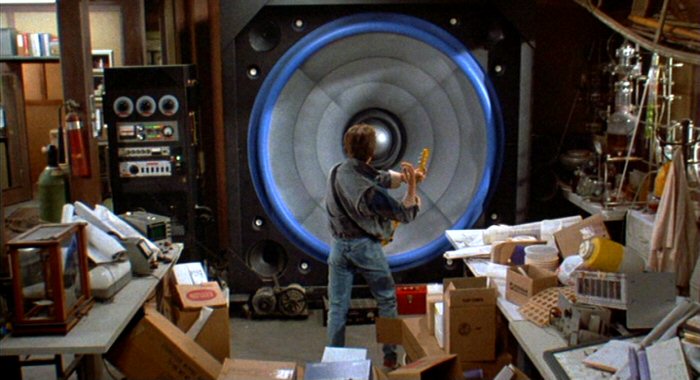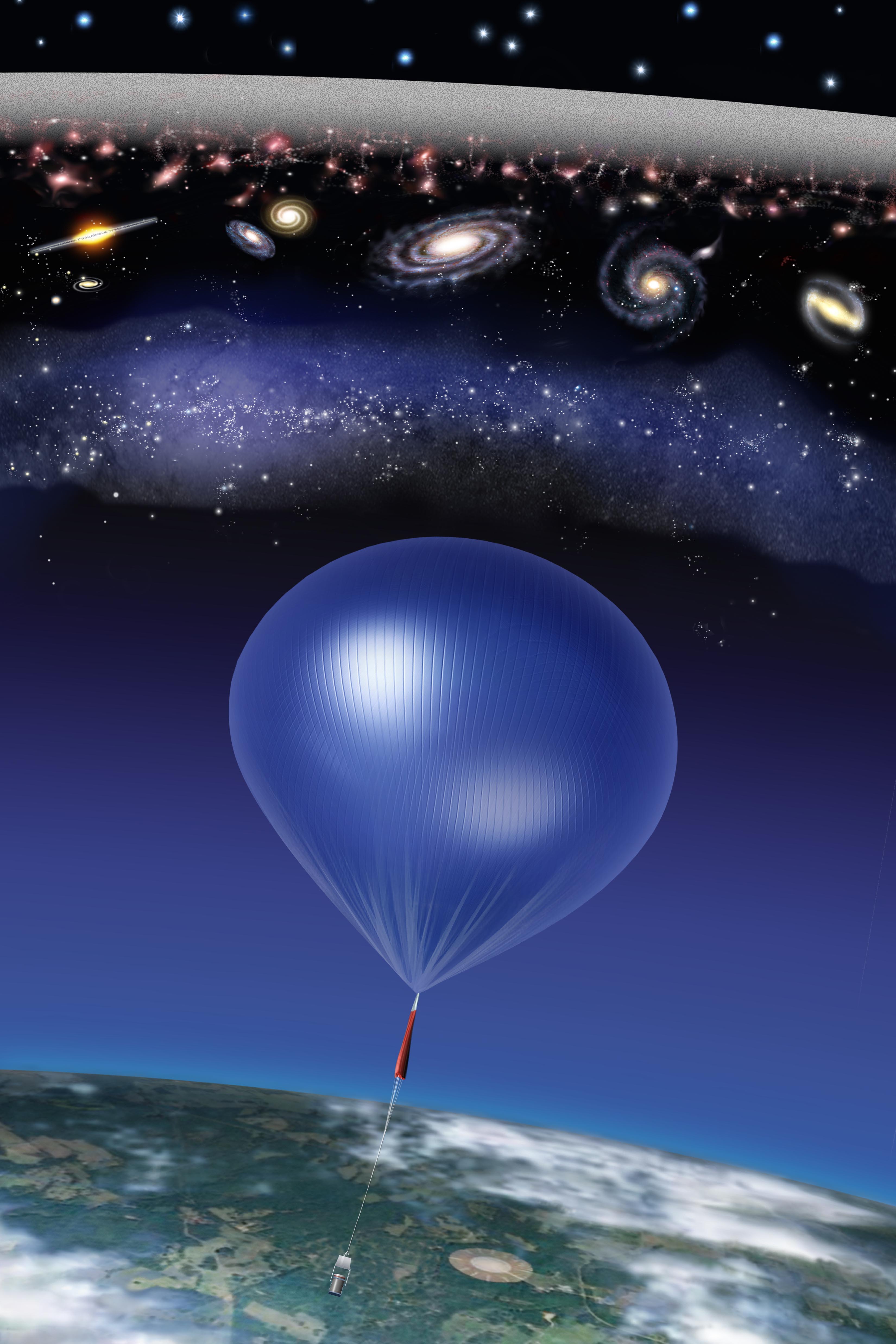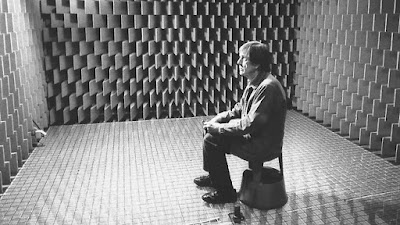Loudness is an astonishing phenomenon. Thor’s Mjölnir hammer as thunder is certainly convincing. It is estimated to produce 120 ~ 130 Decibels (SPA) when nearby. But it is limited by proximity, hence the old thumb rule, counting the seconds between the lightning strike and thunder gives a rough idea of how far the actual thunderstorm center is positioned. Thunder will also sound different, if nearby more like cracking, if further away, more like a deep rumble with much fewer dB.
As a kid, I was fascinated by thunderstorms. I live in an area prone to storms so in the safeness of the house I watched, counted, and listened. As I am about to write these lines, the outskirts of a rainstorm are unleashing its powers over my city, and there is also hail. And thunder farther away. It still makes the window sheets vibrate. It is the perfect ASMR.
Later, as a teenager, I was in a Rock Band, and we tried to be as loud as possible in the rehearsal room. We were, but I have no idea how much dB we reached. It was enough to rattle the house and make our ears tingle.
But we are looking for the loudest sound. On Earth, it sure is a volcanic explosion. The loudest sound ever recorded was the Krakatoa eruption in 1883, estimated to reach ~ 310 dB – enough to kill people. Plus, the shockwave circumnavigated the globe 3 times before it ebbed off. The explosion could be heard thousands of kilometers away and caused big waves up to 46 meters high and shook ships down to South Africa.
But we are still looking for more. How about we look into space? Here we find something curious:
The Cosmic Roar
It is said, in space, nobody can hear you scream. We know that space is not silent, not at all. It just misses a medium to transfer signals, like an atmosphere. Voyager I and II collected “sounds” by various means, which resulted in the infamous „Music of the Planets“ compilation record. While we know that these recordings have been manipulated in order to make them more humanly digestible, there are a few raw bits to be found on the net, and also an explanation as to how these things came to be. Basically, it was mainly the magnetometer instrument that was responsible for recording magnetic particle impacts on a diaphragm, and other electromagnetic phenomena.
It turns out, that equipped with the right instruments, it is possible for scientific balloons only as high up as 37 kilometers can detect a so-called “space roar” on radio frequencies. I call it cosmic because it seems to be coming from everywhere, and nobody has a clue as to what is causing this. It is 6 times louder than expected, louder than the signals of all known galaxies combined, it even drowns out the signals of ancient stars, dating back to (shortly after) the big bang.
Its origins remain a mystery.
By nokturnal

























